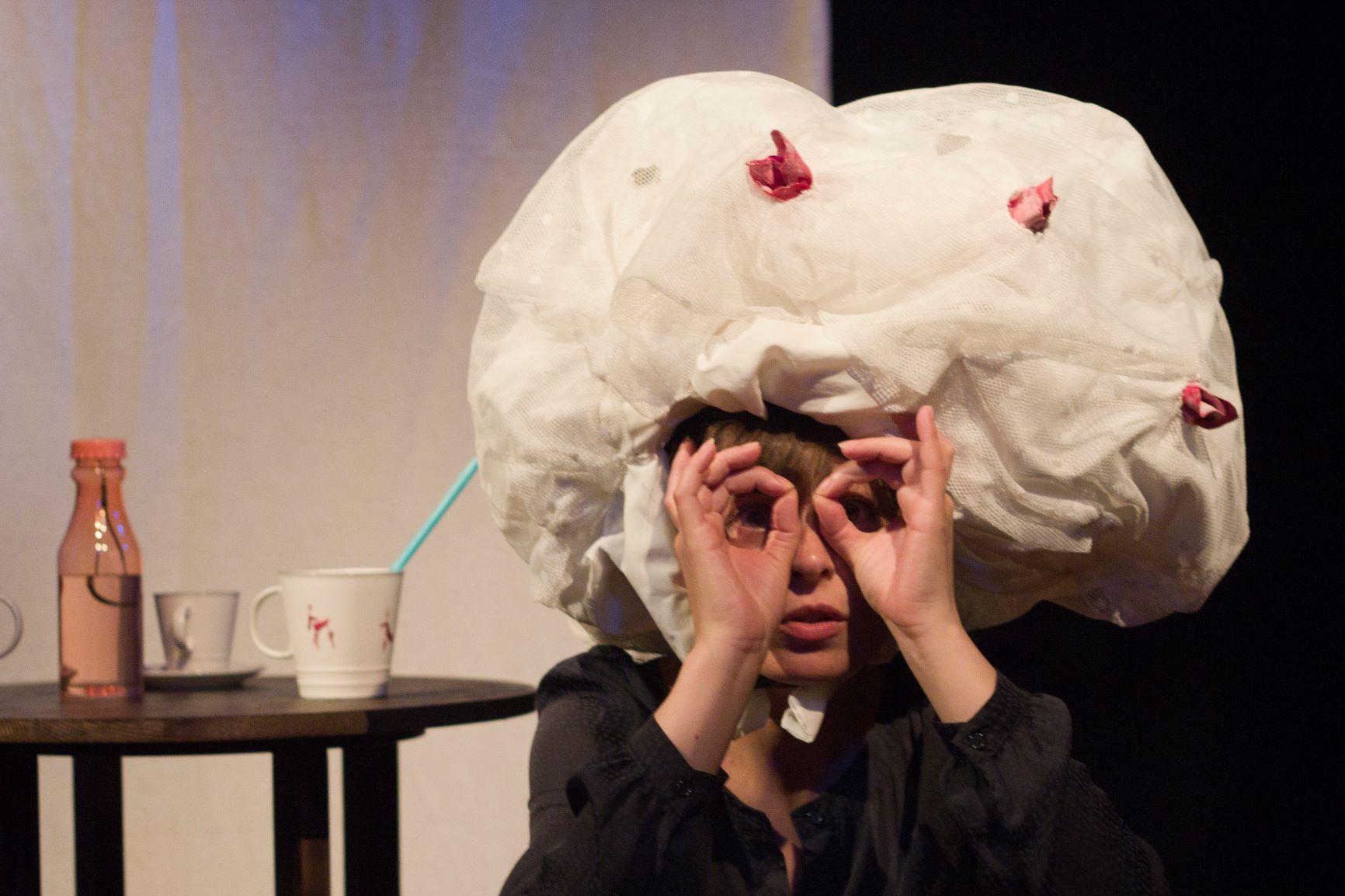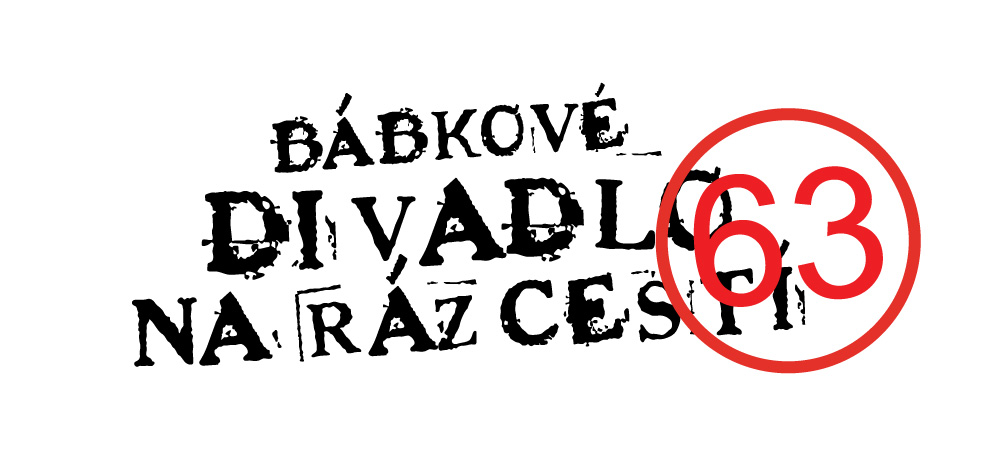Repertoire

African Fairy Tales
The second play from the Fairytale Geography series.
Why should we talk to children about other cultures?
Today‘s television, radio, newspapers, and social media bring a vast ammount of information about the international situation, wars, migration crises, terrorist attacks, about cultural and religious differences. Children are perceptive to all of it. We are convinced that it is necessary for us to provide them with information that will counterbalance the barriers between the nations and cultures, among people – we want to do so in a simpler and less schematic way – by questioning the way members of different nations and cultures are portrayed in the entertainment industry. That is the significance of our Fairytale Geography project.
Baobab, the tree of life
The age of some African Baobabs has been estimated at unbelievable 1000 to 2000 years. Baobabs can grow up to the height of 40 metres and their majestic trunks can be more than 10m in diameter! Why do we call them trees of life? One baobab trunk can retain more than 10 thousand litres of water! Baobabs have been from time immemorial a source of water, shade, shelter and food for people and animals in Africa and Australia.
There is a legend passed among indigenous African tribes: when God created this tree, he planted it in the wet soil by a river. The baobab began to complain about humidity and thus God replanted it on a nearby hill. But even there, the tree didn’t like it. This angered the God who ripped the baobab out of the ground and threw it away. The tree landed on a dry Savannah ground and since then it has been growing upside down…
Frost-resistant apple tree
Apple trees are considered to be long-lived, reaching up to 60 to 80 years, some even 100 years. In comparison to Baobabs‘ longevity, however, apple trees remain their youthful relatives. Their advantage comes from elsewhere – the apple tree wood only freezes at frosty -35°C. Yet for its flowers any temperature below -2 degrees is already dangerous. That’s when apple trees are in need of a quick warm-up…
In the Slovak folklore, an apple is considered the symbol of health, fertility, beauty, and love.
„Red apple on my window sill,
whom I like, I’ll give it to him…“
Inspiration: traditional African fairytales authored by O.D. West and M. Kosová*
Script, directors: Paulína Belická (guest), Zuzana Strnátová (guest)**
Dramaturgy: Monika Tatarková
Scene design: Mária Bačová (guest)**
Music: Zuzana Strnátová (guest)
Cast: Marianna Mackurová, Eva Dočolomanská, Dodo Šamaj, Mária Šamajová
Scene design execution: Katarína Mažáryová, Mária Bačová and the PTAC studios led by Svitlana Poltanová
Photo: Mária Bačová
Opening show: 14th May 2017
Second show: 21st May 2017
Implemented with the financial help of Fond na podporu umenia (Foundation for Art Support).
We would like to thank the Puppetry Department for their support in making this play and to Professor Ida Hledíková for her work as a liaison to the department students.
* Episodes: How a Hare Fought Off a Lion, How a Monkey Taught a Hare to Behave, How a Turtle Won the Tug-of-war Over an Elephant, inspired by tales of Maria Kosová, A Girl From an Ostrich Egg – Black tales from Africa, Praha, 1969.
Episodes: Of the Smallest Man, Of Lion, Antilope, and Parrot, Of Anilope, Monkey and Firefly, inspired by tales of O.D. West, African Tales, TRITON, Bratislava, 2011.
** First-year graduate school students at the Puppetry Department of the Academy of Performing Arts in Bratislava.
